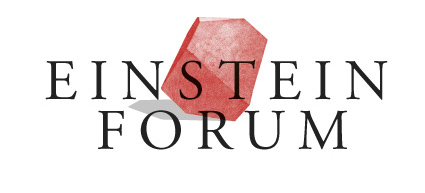Elisabeth Bronfen
Fears of the Night
Mit Michael Powells Peeping Tom soll ein Einstieg in die Diskussion von Angst und Kinobild unternommen werden, geht es seinem Künstler-Mörder doch eben darum, die Todesangst im Filmbild einzufangen. Sein Scheitern ist paradigmatisch. In einem zweiten Schritt werden dann drei klassische Hollywood Genres auf die Frage von Angst und filmischer Inszenierung hin untersucht: a) das Melodrama (Whatever Happened to Baby Jane), der gothic thriller (The Shining) und den Verschwörungsfilm (Conversation). Jeweils geht es darum, wie die Bewegung der Kamera einen Raum der Angst inszeniert, wie die Pathosgesten der Schauspieler diesen verkörpert und wie schließlich der Schnitt den Affekt der Angst wahrscheinlich am überzeugendsten produziert.
Elisabeth Bronfen, geboren 1958, studierte Germanistik, Anglistik und Komparatistik am Radcliffe College und an der Harvard Universität. Promotion 1986 mit einer Arbeit über Dorothy Richardson; Habilitation 1991 in München. Sie ist seit 1993 Professorin für Englische und Amerikanische Literatur an der Universität Zürich. Sie war Gastprofessorin u.a. in Sheffield, Kopenhagen und New York (Columbia). Zur Zeit arbeitet sie an einem Buch zur Kulturgeschichte der Nacht und an einer Einführung in die Theorie Stanley Cavells.
Ausgewählte Veröffentlichungen: Nur über ihre Leiche. Tod, Weiblichkeit und Ästhetik (1996); Das verknotete Subjekt. Hysterie in der Moderne (1998); Heimweh. Illusionsspiele in Hollywood (1999); Die Diva (2002); Liebestod und Femme fatale. Der Austausch sozialer Energien zwischen Oper, Literatur und Film (2004).
